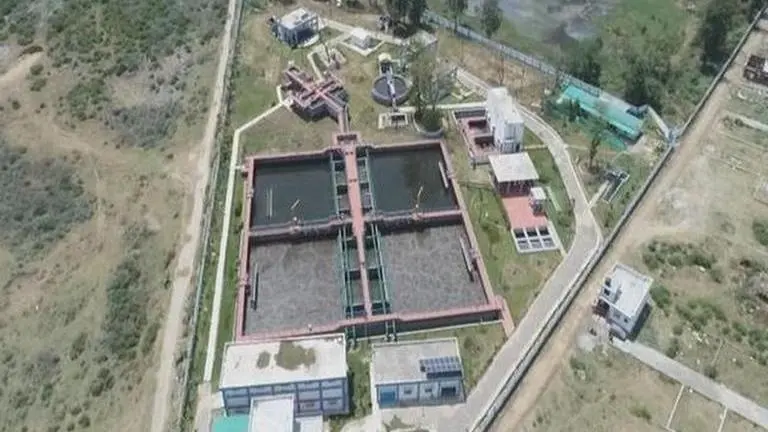Updated 5 June 2022 at 17:18 IST
Uttarakhand: Centre sanctions 36 Sewage Treatment Plants under 'Namami Gange' project
The Centre in one of its flagship projects, 'Namami Gange', has sanctioned 36 Sewage Treatment Plants in Uttarakhand in a bid to clean India's biggest river.
- India News
- 3 min read

The central government in one of its flagship projects, 'Namami Gange', has sanctioned 36 Sewage Treatment Plants (STPs) in Uttarakhand so far, in a bid to clean India's biggest river. It's important to note that in order to rejuvenate Ganga, the concept of STP is critical. To improve the water quality of the Ganga, it's necessary to prevent untreated wastewater of drains from joining the river by intercepting those having their outfalls in the Ganga, and divert them through sewers to Sewage Treatment Plants (STPs) to make sure only treated sewage is discharged into the Ganga.
The Centre thus far has approved 364 projects worth Rs 30,853 crore under the 'Namami gange' mission, out of which 183 projects have been completed.
नमामि गंगे के तहत मिशन मोड में गंगा की सफाई।
— Gajendra Singh Shekhawat (@gssjodhpur) June 5, 2022
30,853 करोड़ रूपए के 364 प्रोजेक्ट स्वीकृत, 183 हुए पूरे। #NamamiGange #8YearsOfClimateCommitment pic.twitter.com/EytvPGQRr4
The key projects include interventions to divert the major drains towards the STPs than allowing them to directly flow into the Ganga thereby polluting the river.
Enhancing the capacities of the Sewer network
In Uttarakhand, the capacity of the 184-km sewer network was upgraded by setting up 36 STPs costing Rs 1,373 crore, with a capacity to treat 195 million litres per day (MLD). A total of 34 projects have been completed so far and two projects will also be commissioned soon.
Advertisement
"We have now attained a very high quality of purification of water so there is no sewage going into the Uttarakhand sector and it is much beyond standards in Uttarakhand. We intend to keep the pristine river flow continuously as a part of 'aviraldhara'. And, the government of India has also been very sensitive to eco-sensitive zones in those areas. We as are committed to ensuring that pristine water flows in Uttarakhand and to a large extent we have achieved it also," said NMCG director G Asok Kumar.
One of the STPs has been deployed in the Chamoli district, which recorded a surge in untreated wastage in the last few years. It now has a 1.12 MLD STP in Gopeshwar. The plant runs on the technique of electric coagulation.
"Sewage which was earlier flowing directly into the river is now being treated with the help of 1.12 MLD STP as Deendayal Park STP at Gopeshwar. This plant is based on electro-coagulation where with the help of anodine and cathodine process," said Uttarakhand Pey Jal Nigam Nodal Officer Jagdish Kanderi.
Advertisement
Six STPs have also been installed at the Rudraprayag, which has adopted the system of electro-coagulation system, which separates the wastewater with the help of anodyne and cathodyne processes.
Image: ANI
Published By : Abhishek Raval
Published On: 5 June 2022 at 17:18 IST

